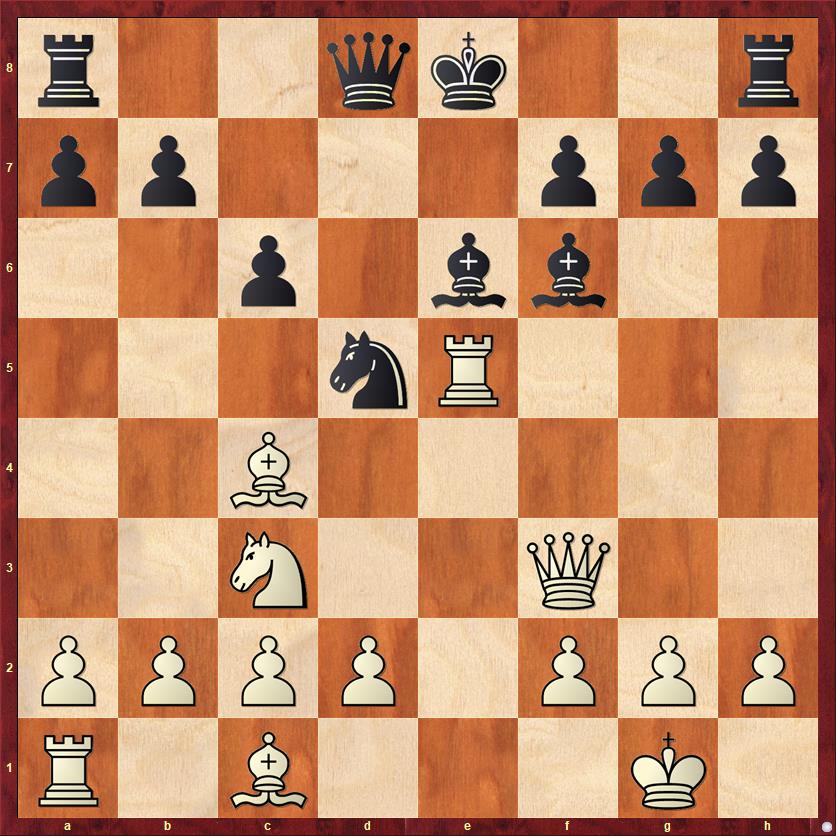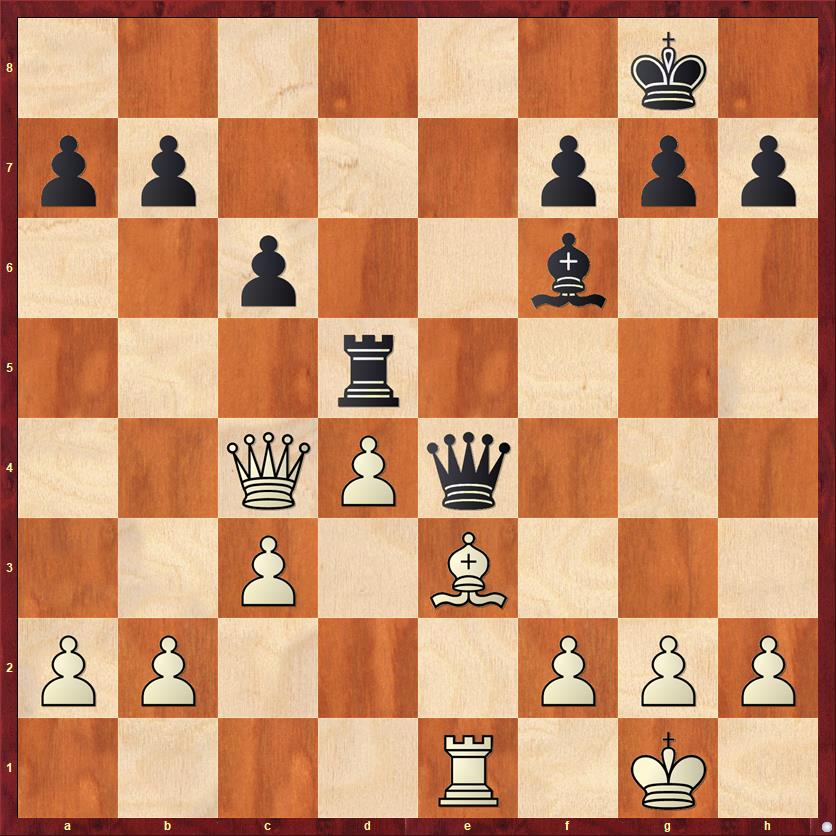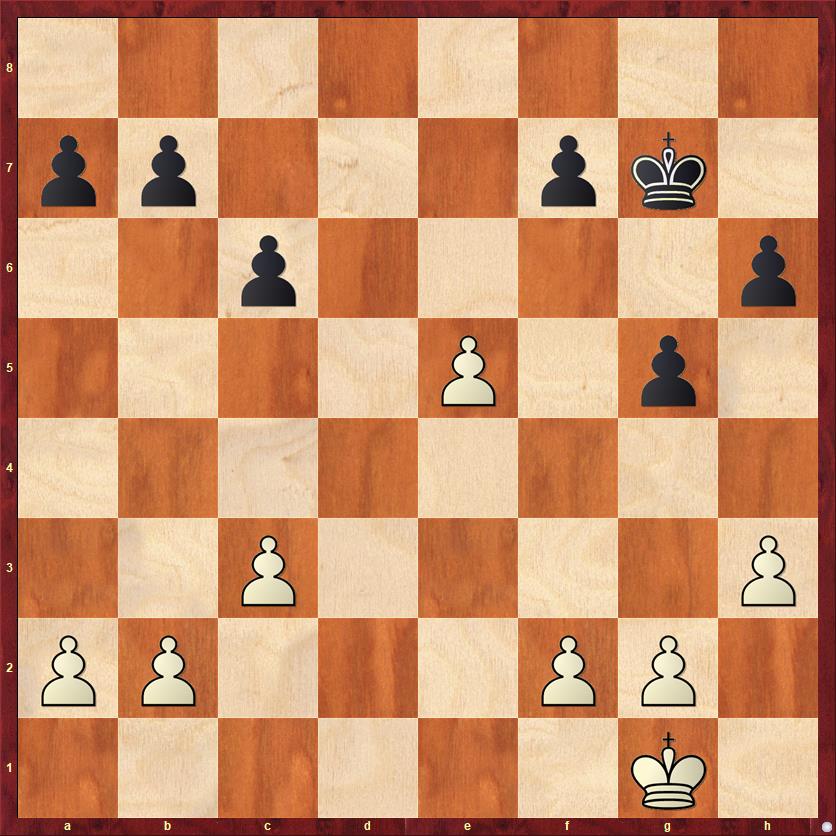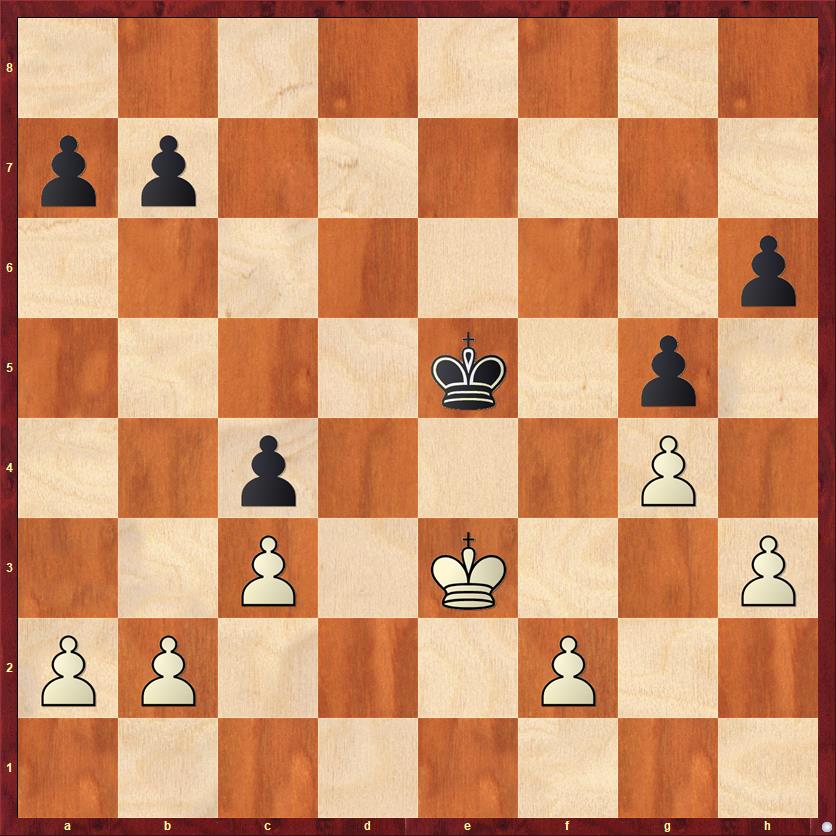That was so much fun, let’s do it again! In my last post I started a year-by-year retrospective of my (almost) fifty years of tournament chess, with the year 1971. I called that Year Zero because I actually wasn’t quite into tournament chess yet. My chief opponent was still my father.
In 1972, chess exploded in the American cultural scene, and also in my life. The match between Bobby Fischer and Boris Spassky was front-page news, and the actual moves of the game were in the newspaper — not always on page 1, but maybe page 6 or 10 or somewhere. Think about this. It was the first time in my life that I could follow a game between grandmasters with only a one-day lag. (Nowadays, with the Internet, we can watch grandmasters live any time of day or night, and we take this totally for granted.) Chess was also on TV, with the Shelby Lyman broadcasts (which, somehow, I didn’t ever watch) and Koltanowski on Chess, a public TV program that I did watch.
I was now a freshman in high school, playing in the chess club, and for the first time I had a peer group of people who were really serious about chess. Familiar with chess books, familiar with tournaments, familiar with the rating system. I think I can say that Fischer or no Fischer, I would have started playing tournament chess in 1972. But Fischer made it a completely different experience than it would have been otherwise.
Even though the names will mean nothing to any of my readers, I’d like to mention the high-school friends who hung out with me and played chess: Blaise Morton, Joel Boaz, Vern Goler. Especially I’d like to thank the first two, who instigated the idea of going to the 1972 Indiana State (Closed) Championship, which was the first rated tournament for all of us.
Except… It wasn’t actually rated. We thought it would be rated, but somehow the rating report never got filed. This had a curious effect on my chess career for about the next year. If the tournament had been rated, I think I would have gotten a provisional rating in the 1500s. Frankly I was not yet that good, and I think I would have had to endure a rather unpleasant period of losing rating points and getting discouraged.
Instead, the only actual rated tournament I played in 1972 was the U.S. Booster Championship, a big Bill Goichberg tournament in Chicago, where I was a little bit overwhelmed, by the big city and the number of players and the level of opposition. I didn’t do well, 2 1/2 – 5 1/2, and my initial rating came in at 1226. In those prehistoric days, ratings took forever to update (No computers! No Internet!), so I played with a 1226 rating for the whole summer of 1973. I was able to win prizes, at least a class-D prize, in every tournament I played in, and when I finally moved up to class C (1400-1599), I was fully ready for it.
Also, having an initial rating of 1226 meant that, years and years later, I could join the thousand-points club. That is, players who have gained a thousand rating points in their lives. I went from 1226 to (eventually) 2257, which was my highest rating ever. If my initial rating had been in the 1500s, I never would have done that!
But anyway, back to 1972. I’ve written a blog post about that 1972 state championship before, so I won’t repeat myself. But even after all these years, I think it was one of the most fun events I ever played in. It’s so great to be young and not know what the hell you are doing.
For my retrospective, I’ll show you my last-round game against a 1632-rated player named Von Hawkins. It was a pretty huge upset, although as a newbie I didn’t know how big.
I’ve always thought of this as a pretty boring game. But actually there was plenty going on — my opponent and I just didn’t realize it. I see a lot of games like this between beginners and even intermediate players. They trade, trade, trade, without exploring the other possibilities. Maybe it’s because they feel as if even trades are “safe” moves, neither good nor bad.
But in reality, most trades are at least slightly better for one player or the other. And even if they are truly even, they almost always create some change to the position, some imbalance (to use Jeremy Silman’s excellent word). One player gets more open lines, but has to sacrifice pawn structure, or something like that. So while these trades are happening, you should be looking at the imbalances to see how you can take advantage of them.
Dana Mackenzie — Von Hawkins, 6/18/1972
1. e4 e5 2. Nf3 Nc6 3. Bc4 Nf6 4. O-O …
This is an interesting choice. I had by now purchased my first openings book, I. A. Horowitz’s venerable Chess Openings: Theory and Practice. But I was still playing openings by intuition, not knowledge. I castled just because it was a good, normal move. Which it still is, theory or no theory.
4. … Be7 5. Re1?! …
Playing it like a Ruy Lopez, but it’s not. I think that one thing that’s particularly hard, when you’re just learning openings for the first time, is comparing openings. The Ruy is one chapter. The Italian Game is another chapter. You don’t think about how those chapters relate to each other, and why a good maneuver in one opening is not so good in another.
5. … d5?!
Same comment! My opponent is also playing the opening as if it were a Ruy Lopez, specifically a Marshall Gambit. I applaud his bravery and energy, but I really don’t think he got full compensation for his pawn. And, as Fritz the computer points out, simply 5. … Nxe4! blows up White’s center and equalizes. Don’t forget the fork trick!
A rather amusing sample variation that is really bad for White is 5. … Nxe4 6. Nxe5? (tit for tat!) Nxe5 7. Rxe4 Nxc4 8. Rxc4. I mention this variation for a pedagogical reason. At the time I played this game, I might have considered this to be pretty good for White. I’m castled, my opponent and I each have one piece developed. But in reality, after 8. … d5 it’s terrible for White, because the rook doesn’t have a good place to retreat to and will continue to be exposed to attacks by Black’s minor pieces.
The instructional books all say not to move your queen out too soon. But moving the rook out too soon can be equally destructive to your game. A rook in the middle of the board early in the game, especially if it has no avenue of retreat, is usually a target, not an asset.
6. ed Nxd5 7. Nxe5 Nxe5 8. Rxe5 c6
As I said, it’s great to be young and know nothing. If I had known about the Marshall Gambit, maybe I would have been more worried here. Instead I just kept developing pieces.
9. Qf3 Be6 10. Nc3 Bf6
The harassment of my exposed rook begins. Good time for a diagram.

FEN: r2qk2r/pp3ppp/2p1bb2/3nR3/2B5/2N2Q2/PPPP1PPP/R1B3K1 w kq – 0 11
The next move really highlights the difference between a 1200 player and a 2200 player, or the difference between a teenager and a 60-year-old.
11. Re4?! …
It’s stunning for me to see this move, because nowadays I would play 11. Re1 so automatically that I probably wouldn’t even consider 11. Re4. There are so many things wrong with 11. Re4, things that could blow up in White’s face if he isn’t careful. There’s the alignment of the rook and queen on a diagonal where they can get skewered. There’s the lack of back-rank protection that could lead to checkmate traps. There’s the fact that the rook is still in the middle of the board, subject to more tempo-gaining attacks by Black’s minors. There’s the fact that this move is basically committing to d2-d4, a very shaky pawn defended by a very shaky rook on e4. And finally, there’s the fact that the rook is on a square that is ideal for White’s knight.
A simple and safe development plan is Re1, Ne4, d3, c3. But at this stage I didn’t think very much or very effectively in terms of plans, what am I going to do next and where do all my pieces go. A beginning chess player is like a beginning pianist, playing with one piece or one finger at a time. A master is like a performing pianist, playing with 16 pieces (or 10 fingers) at a time.
In spite of all this, Re4 is not actually a blunder. The computer still says I have a half-pawn advantage. But the move contains the seeds of disaster in so many ways.
By the way, it’s possible I was afraid of 11. Re1 Nb4. But actually White has a nice little trick here: 12. Bxe6 Nxc2? 13. Bd7+! After 13. … Kxd7 14. Qf5+! snags the knight, and if 13. … Kf8 14. Re8+ wins the queen.
11. … O-O 12. d4 Nxc3 13. Qxc3 Bxc4?
Here is where my opponent starts losing his way. Before you trade, you should ask: Does this trade benefit me in some way? Or does it benefit my opponent? If it benefits him, don’t do it!
In fact, Black had an excellent alternative: 13. … Bf5! White’s rook is forced to stay on the fourth rank to defend the d-pawn. After 14. Rf4 Bg6 my rook is stuck there with no way to get back to safety. This is quite reminiscent of that “bad variation” I showed you in the note to move five. The computer still gives a very slight edge to White (because of the extra pawn) but White will have to be very careful to avoid losing an exchange or losing the pawn back again.
14. Qxc4 Re8 15. Rxe8+ Qxe8 16. Be3 …
The supposedly “even” trades have very definitely helped White. I have now stabilized my position and retained a solid extra pawn. White should win this game.
16. … Rd8 17. c3 Rd5?
An “active” but pointless move. Similar to my misadventures earlier in the game with my rook. The rook doesn’t really do anything more on d5 than it did on d8, and it leaves the back rank weaker.
18. Re1 Qe4??

FEN: 6k1/pp3ppp/2p2b2/3r4/2QPq3/2P1B3/PP3PPP/4R1K1 w – – 0 19
As a chess teacher, I look at moves like this and I just wince. We can talk all we like about the subtleties of chess strategy, but at the under-1600 level the great majority of games are either decided by elementary tactical blunders or should be decided by them.
Black compounded the error of his last move, leaving his back rank completely unprotected. After 19. Bd2! Black has to give up his queen to avoid mate.
But I didn’t see the tactical win, and even after the game I did not realize that I could have won easily on move 19. So I thought of the game as a bunch of boring exchanges, not realizing all the stuff that was going on behind the scenes.
19. Qe2?? Rd8 20. Bf4 …
Now, of course, I see the back-rank mate idea and I try to sucker my opponent into falling into it again. (That is, 20. … Qxf4?? 21. Qe8+!) But the chess gods rarely give you two chances.
20. … Qxe2 21. Rxe2 h6 22. h3 g5 23. Be5 …
Oh, the innocence of youth. Walking into a pin without a care in the world. It’s not a blunder, but as you’ll see, it does have long-term repercussions.
23. … Re8 24. Re3 Bxe5 25. Rxe5 Rxe5 26. fe Kg7

FEN: 8/pp3pk1/2p4p/4P1p1/8/2P4P/PP3PP1/6K1 w – – 0 27
You can see why I thought this game was boring. After 26 moves, we’re already in a king and pawn endgame. But many chess games are won and lost in king and pawn endgames!
Because of my incautious move 23, I’m now stuck with a pawn on e5 that is hard to defend. Is there any way to save it?
Alas, I gave it up with hardly a fight.
27. g3? …
Correct was 27. g4!
This is a great position to study, in part because it shows the difference between middlegames and endgames. I was trying to explain this to one of my students just yesterday. In middlegames I always have them start out by looking at checks and captures, then maybe threats. But in endgames, you have to think about schemes: what am I trying to accomplish, how can I win or draw. Very often you need to make a move that seems illogical from a middlegame point of view (decentralizing a piece, creating a weakness) but enables you to carry out your specific scheme.
In the middlegame we would look with suspicion on a move like 27. g4, because it creates holes on f4 and h4 and it actually makes it more difficult to defend the e-pawn with other pawns. The “normal” middlegame plan would be g3 followed by f4, which is what I was apparently trying to do here.
But the trouble is that Black’s king is already too close to the kingside pawns. After 27. g3 Kg6 28. f4? gf 29. gf Kf5, now both the f-pawn and the e-pawn are doomed.
Instead you have to think in terms of schemes. What does Black want to do? He wants to get his king to f5 to attack my pawn. What do I want to do? I want to stop his king from getting to f5, no matter what it takes. After 27. g4!, the road is barred to Black’s king. He will either have to go around the other way, via f8 (which gives my king time to defend the e-pawn), or he will have to just trade off the pawns with 27. g4! f6 28. ef+ Kxf6. This is not an unreasonable try for him, because my extra pawn is the backward pawn on f2. He can hope to blockade it. Let’s see what happens after 29. Kg2 Ke5 30. Kf3 c5 31. Ke3 c4! (diagram)

FEN: 8/pp6/7p/4k1p1/2p3P1/2P1K2P/PP3P2/8 w – – 0 32
I think this is a super-interesting position, and there are some things I didn’t understand about it at first sight, even fifty years later.
At first blush I thought it was an elementary win: White and Black play a tempo battle with the queenside pawns. Even if Black wins the battle, and White has to move first on the kingside, White has the “extra pawn move” f2-f3 in reserve. Then Black will have to retreat his king, and White plays f4 and wins.
That’s a good winning scheme, but it’s not the whole story. When we actually look at the pawn battle on the queenside, if White moves his a-pawn, say 32. a4, then after 32. … b6 Black has two “moves in reserve” (… a6 and … a5) so he can wait White out.
So there are two possibilities for White: move the b-pawn or look for another plan. Both of these work!
First, let’s look at moving the b-pawn. Let’s say 32. b4. Looking at the position today, I thought this was suicidal because Black can create an outside passed pawn after 32. … cb 33. ab. Black pushes the a-pawn and wins!
Wrong! As it turns out, after 33. … b5 White stops that plan with 34. b4. And after 33. … a5 White stops it with 34. c4. I’m somewhat embarrassed to say that I did not realize this until today: an a- and b-pawn, by themselves, cannot force a passer against a b- and c-pawn — unless the former can create a pawn duo (a5 + b5 vs. b3 or a4 + b4 vs. b2).
So that’s one winning method: 32. b4, followed by the tempo battle on the queenside, followed if necessary by f3, forcing Black’s king to retreat.
But there is a second winning method, and it’s also quite instructive! That is to simply play 32. f4+! right away. Here again is a difference between middlegames and endgames. In endgame pawn battles, 2 pawns against 1 or 3 against 2, it’s often perfectly okay to have a “backward” pawn, like the f-pawn here. Because when you push that pawn, even if you have to sacrifice it temporarily, you remove one of the blockaders from the other pawns. Here is how the theme works in this case:
32. f4+! gf 33. Kf3 b5 34. h4 a5 35. a3 a4 36. h5! (Once again the same theme. You make the g-pawn “backward” temporarily. If you play 36. g5?, the middlegame-style move, after 36. … hg 37. hg Kf5 it’s a draw.) 36. … Ke6 37. Kxf4 Kf6 38. g5+! (Same theme again! Sacrifice the backward pawn to liberate the other pawn.) 38. … hg+ 39. Kg4. Once again Black’s king will have to back up, and this time it will be curtains.
You can’t tell me this is boring! This is fundamental stuff. It’s the difference between winning and drawing.
Now let’s go way, way back to diagram three and see how the game actually ended. As I said before, I played the lame move 27. g3? Play continued:
27. … Kg6 28. Kg2? …
The move 28. g4! still wins, but if I didn’t see it on move 27 I’m not likely to see it on move 28.
28. … Kf5 29. Kf3 Kxe5 30. Kg4 Kf6 31. Kh5 Kg7
In the nick of time. Masters would agree to a draw here. Class-D players play on. Wisely so, it turns out.
32. f4 gf 33. gf Kf6??
I absolutely don’t know what to say about this move. What thought process could possibly have led Black to give up the pawn he has just worked so hard to save? All he has to do here is play 33. … f5 and then shuffle his king back and forth between g7 and h7. White can’t make progress. If he ever plays h4 it could be stalemate … or worse.
Strangely I didn’t realize after the game what a gift I had been given. I wrote that my opponent had “fallen into a trap.” What trap? He just played a terrible move, which I did nothing to deserve.
34. Kxh6 Kf5 35. h4 Kg4 36. h5 …
Is this maybe the move that my opponent missed?
36. … Kxf4 37. Kg7 Black resigns.
Not a boring game at all, but a game filled with huge swings of fortune. And in spite of some amateurish mistakes, there were some really good lessons for players at all levels.
Lessons learned:
- A good way to study openings is by comparison: what ideas in opening A work better or less well in opening B? This mode of study is not very well served by books that focus only on one opening.
- Masters have a “sense for trouble” that beginners generally lack, and that intermediate players have not developed to the same extent. Masters will watch out for things like unprotected back ranks, loose pieces, and pieces that can be pinned, and either avoid them or deal with them before they become a problem.
- For beginners: A rook in the middle of the board, early in the game, is very uncomfortable, especially if the rook does not have an easy retreat path to the back rank. In this game I got away with it, but I was lucky.
- Think before you trade! Trades are rarely neutral.
- Endgames are different from middlegames, and middlegame thought patterns are often not right for endgames. The endgame places more emphasis on schemes, getting certain pieces to certain squares, or aiming for certain positions that are a known win or a known draw. At times the best moves may look illogical from a middlegame perspective.
- An a- and b-pawn cannot in general create a passed pawn against a b- and c-pawn without help, unless they are in a configuration like (White) a4 + b4 vs. (Black) b6 + cx. In that case, a4-a5 will create an outside passed pawn, which in many endgames is a decisive advantage.
- In a configuration like (White) g4 + h4 vs. (Black) h6, there are many situations in the endgame where the best move is h4-h5, followed by sacrificing with g4-g5. By contrast, in the middlegame, you usually don’t want to play h4-h5 because it creates a backward pawn and a hole on g5. Of course there is nothing written in stone here.
- King-and-pawn endgames are harder than they look!



{ 2 comments… read them below or add one }
Good stuff! I’ll use some of these examples in my lessons. The middlegame/endgame distinction with 27 g3 vs 27 g4 is a good example.
I’m really enjoying these early 70’s flashbacks. My initial rating was 809! Eventually I made it 1300 points higher. But when I look back at my games from 80’s when I broke 2000, I had no understanding of openings, strategy or tactics. It all looks like random trades until I accidentally backed into a winning (or losing) endgame.
It’s interesting to talk to other older players (like us) about how they’ve learned (or avoided) engines, databases and other tools that we didn’t have when we first learned how to play.